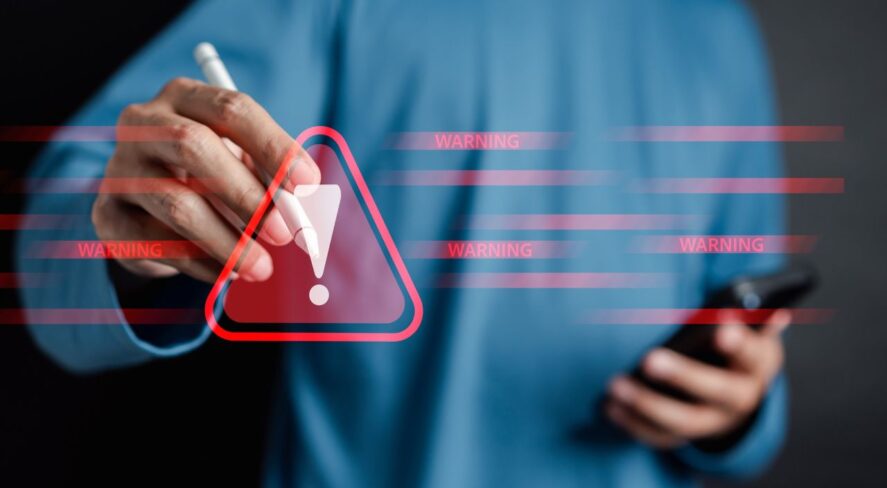The ConfusedPilot Hack: A Wake-Up Call for Identity and Access Management and Physical Access Control

October is Cybersecurity Awareness Month, and the Security Industry Association (SIA) Cybersecurity Advisory Board is marking the occasion with a series of helpful content, tips and guidance on key cybersecurity topics. In this blog from SIA Cybersecurity Advisory Board member Pauline Norstrom – CEO of Anekanta Consulting – learn takeaways from the latest cyberattack method.

The recent ConfusedPilot hack, a method which targets retrieval-augmented generation (RAG)-based artificial intelligence (AI) systems, underscores a critical consideration for the physical security sector – a need for a focus on identity and access management (IAM) combined with rigorous physical access control.
As the incident revealed, the ability to manipulate knowledge bases that feed large language models (LLMs) in RAG implementations opens the door to significant risks, from data corruption to operational sabotage.
Many cybersecurity professionals focus on firewalls, encryption, and endpoint protection, but the ConfusedPilot breach reminds us that the weakest link can often be physical access. If an attacker can gain entry to an admin panel – whether through stolen credentials or physical access to terminals – they can inject malicious documents that shape the outputs of AI systems. These compromised LLMs then generate faulty insights, jeopardizing both operations and trust.
The lesson here is clear: IAM must be robust, with multifactor authentication and role-based access as standard. But just as crucial is securing the physical environment – restricting access to control rooms and critical terminals and ensuring continuous monitoring of these areas. In the era of AI-augmented decision-making, cybersecurity and physical security need to work closely. ConfusedPilot shows that only a unified strategy will protect sensitive systems from both digital and physical threats.
The views and opinions expressed in guest posts and/or profiles are those of the authors or sources and do not necessarily reflect the official policy or position of the Security Industry Association.
